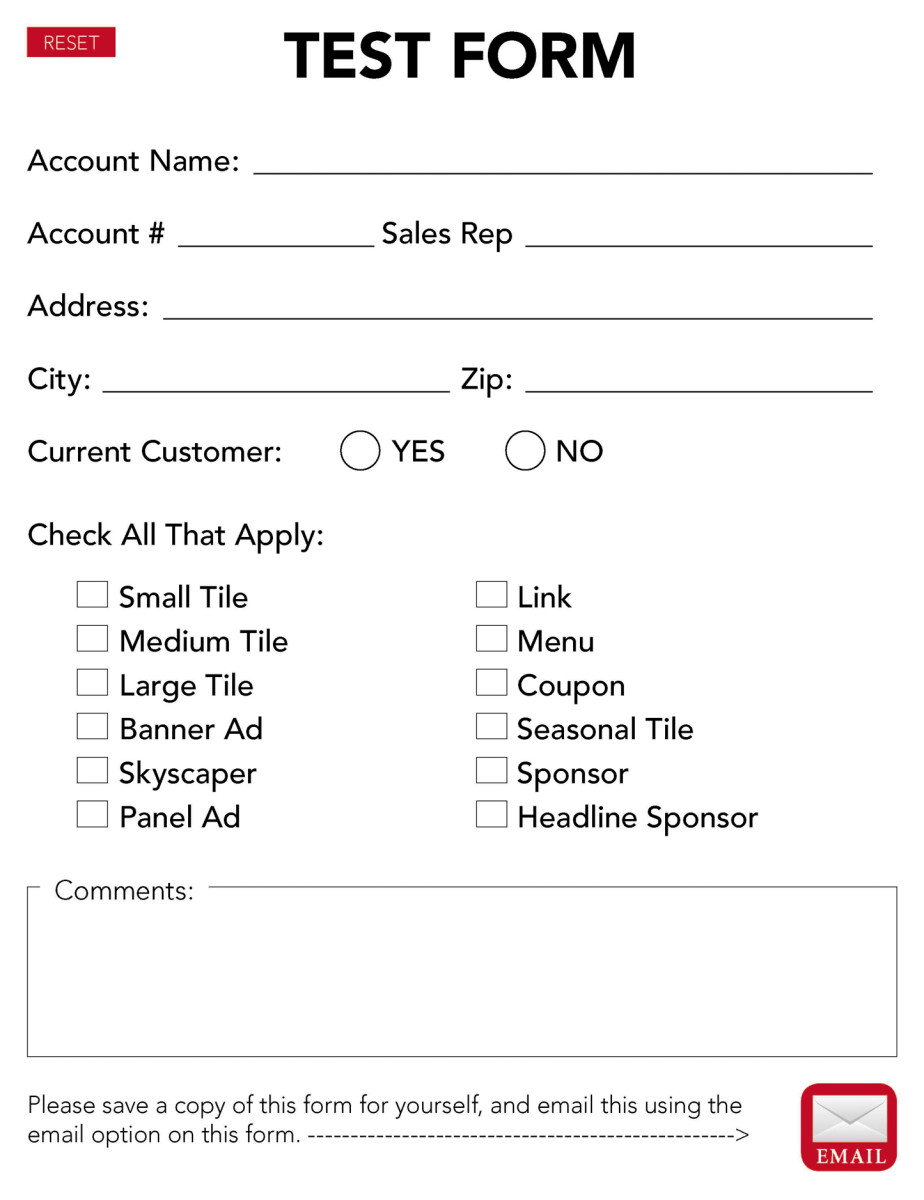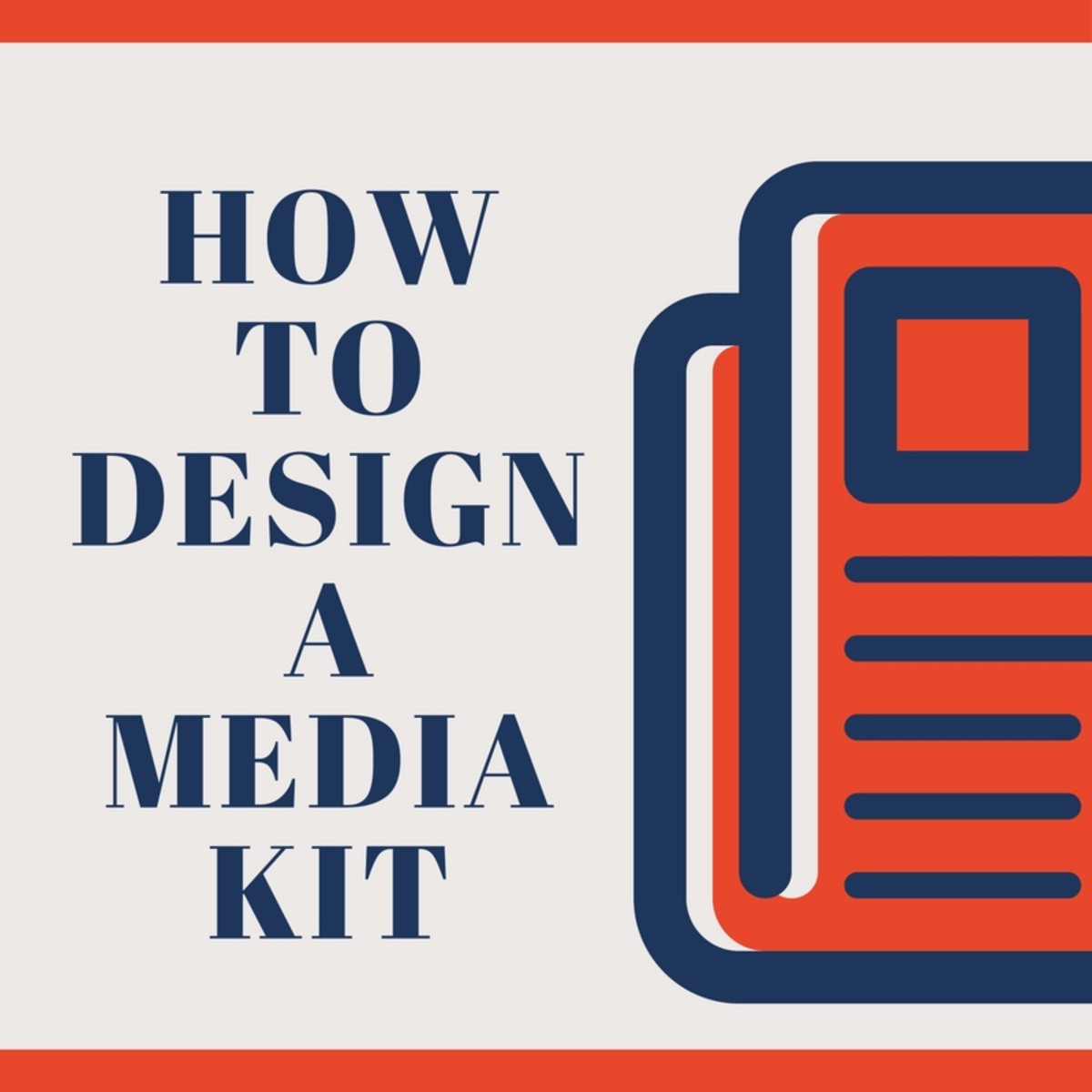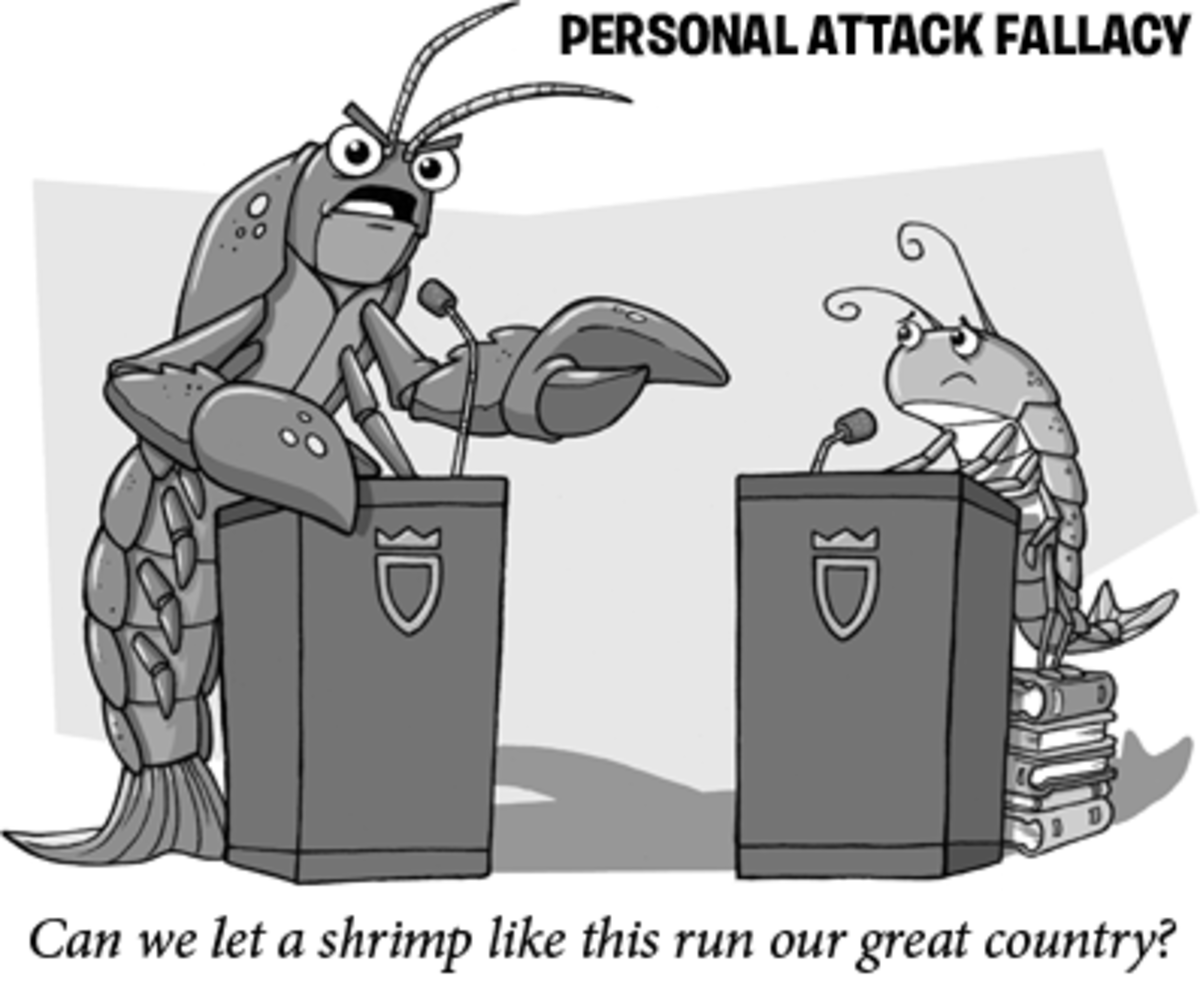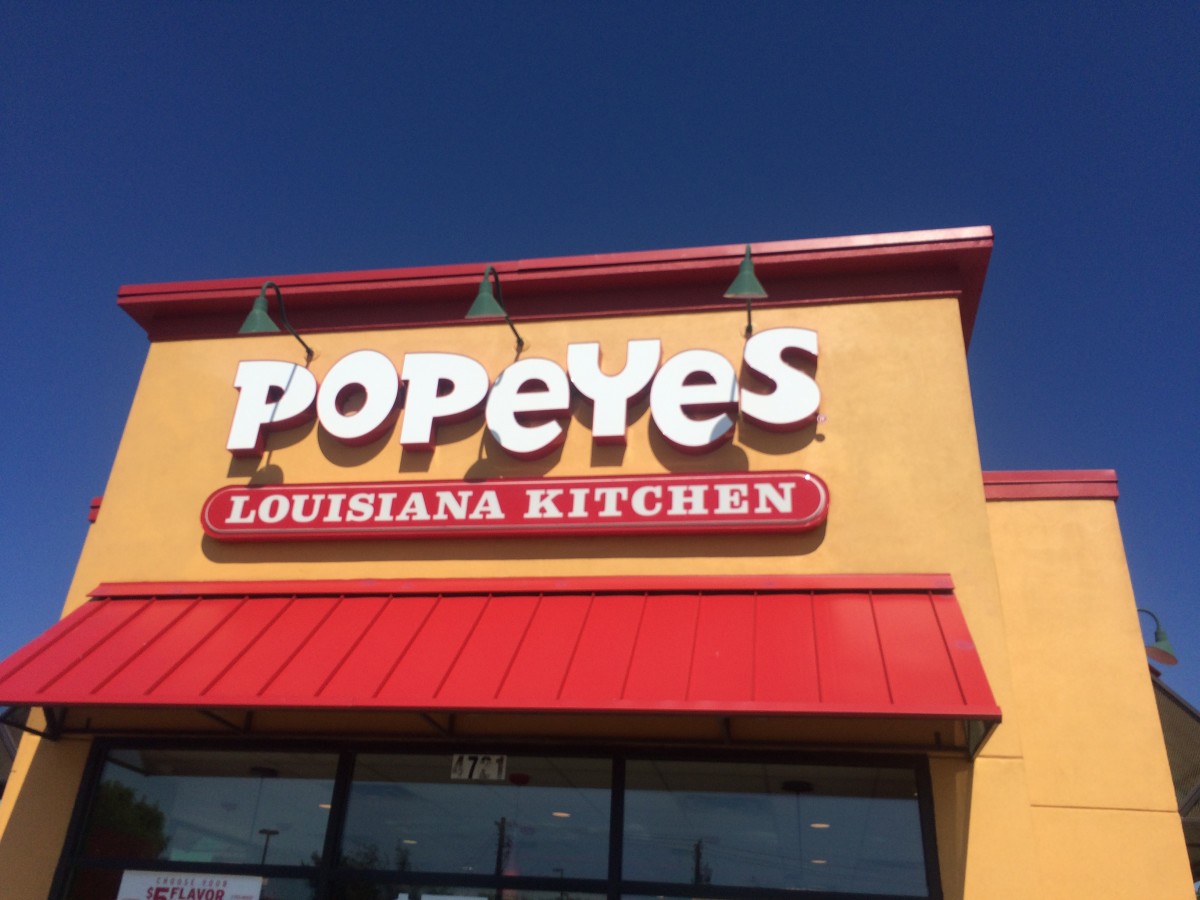How to Choose Promotional Buttons
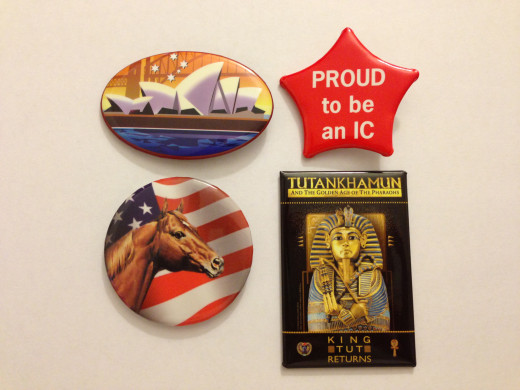
Helping to Make History
Particularly in the United States, promotional buttons have helped some of our greatest leaders in their political campaigns. George Washington is said to have used commemorative buttons during his election, which is also one of the earliest documented uses of promotional giveaways. Abraham Lincoln is noted as the first to use photographic images on campaign buttons. The commonly used celluloid buttons (described below) began mass production with William McKinley's 1896 campaign. (Wikipedia)
Due to their historical significance, some buttons can become collectibles.
One of the most memorable recent uses of buttons was in the 1999 Mike Judge movie Office Space where Joanna (played by Jennifer Aniston) was required to wear "pieces of flair" (translation: promotional buttons) at her restaurant job, a slam to restaurants with high energy servers decked out with dozens of buttons.
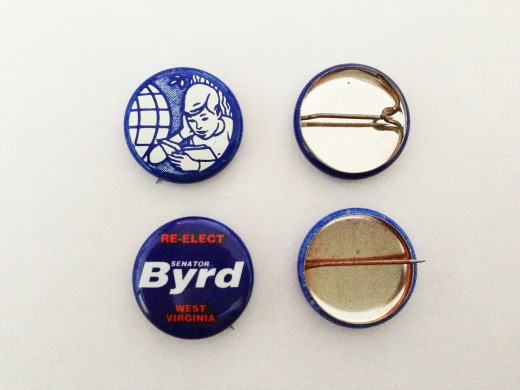
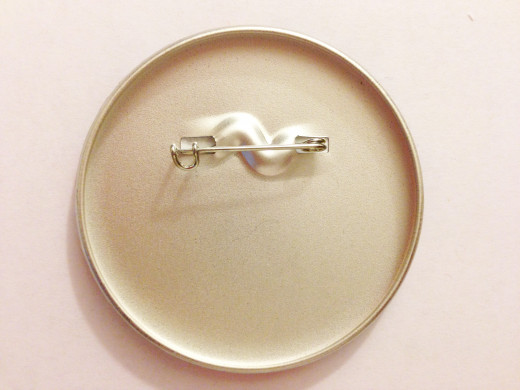
Types of Promotional Buttons
Buttons have remained largely unchanged since the early 20th century, except for the capability to create ever more colorful images and additional features such as mini lights.
There are several types of promotional buttons including:
- Celluloid. Also known as "cello" buttons. This is the most common button type, featuring a metal button form over which a paper with the marketing message and a sheet of clear plastic are affixed. The paper and plastic are secured to the button when a backing piece is pressed into the back of the form. The backing features an attachment, such as a safety pin, to attach to the wearer's clothing.
- Litho. These are also metal buttons. However, the graphics are printed directly onto the metal form. They can feature a safety pin or straight pin lock attachment. Another type of litho button does not have a pin attachment, but features a tab that is folded over a collar or pocket to attach to clothing. Tabbed styles are somewhat less popular due to the potential for the tab to break off after repeated use.
- Plastic. There are two primary types of plastic buttons. One type is cut from thin plastic into standard shapes or completely custom forms. Another plastic button is molded from lightweight plastic. Both types feature safety pin attachments.
- Blinking or Light Up Buttons. These buttons are designed to get attention! They feature small LED lights that stay on or blink. Some cello buttons offer lights as an option.
- Stickers. Though not technically a "button," adhesive stickers have replaced metal or plastic buttons in many applications due to budget restraints.
In addition to the type and construction, marketers have options to choose from when ordering buttons, including:
- Size. About the smallest size available is about 1 inch up to giant buttons that are about 6 inches. For most comfortable wearing that does not distort clothing, but that still gains attention, about 2 to 3 inches is a maximum recommended size.
- Shape. Most common shapes are round, square, rectangle, triangle, oval and star. Custom shapes are available for most types, limited only by manufacturing capabilities and marketing budget.
- Attachments. Instead of safety pin backings, a bulldog clip (similar to those found on badge holders), magnet or jewelry type clutch pin can often be used for an additional cost. These options can often be less damaging to clothing. Some also have a full magnet back so the button can be used as a refrigerator magnet.
- Full Color. With today's expanded digital printing capabilities, full color buttons are becoming the norm instead of the exception. However, on litho and plastic molded buttons, there still may be imprint color limitations.
Buttons Help Spread the Word
Promotional buttons are most effective when used where they have high public visibility. They can be used to promote a variety of programs, special offers and causes. Their purpose is to get the word out there!
Some of the most common uses for buttons are:
- Political Campaigns. As discussed above, buttons have been used for election campaigns throughout America's history.
- Retail. Cashier and customer service personnel can wear buttons to promote sales and rewards programs.
- Restaurants. Like retail, buttons worn by servers can promote featured menu items, beverages and rewards programs.
- Trade Shows. Booth personnel can wear buttons that generate curiosity of show attendees such as, "Ask me about..."
- Unions. Union members wear buttons to identify themselves with particular local labor organizations as a show of solidarity and to encourage membership. Usually buttons that have been union imprinted and/or assembled include a union bug.
- Schools and Colleges. High school and college sports and extracurricular programs can use them to promote games and events or as part of fan and alumni activities.
- Sports. Similar to colleges, sports teams at all levels can be promoted by fans wearing buttons.
- Non Profits. Displaying support for a non profit with a button can help draw others to the cause.
- Movies. Ticket and concessions sellers that have direct contact with movie goers can be great "salesmen" for upcoming releases.
- Museums and Tourist Attractions. Customer service personnel and guides can help promote coming attractions and tours when wearing attention-getting buttons.
As noted earlier, today many organizations are ditching metal or plastic buttons in favor of adhesive stickers due to cost considerations. Stickers can be an effective replacement if they will be worn for a day or less. However, if the button has the potential to be worn for a longer period of time, a sturdier, standard metal or plastic button is still the best choice.
This article is accurate and true to the best of the author’s knowledge. Content is for informational or entertainment purposes only and does not substitute for personal counsel or professional advice in business, financial, legal, or technical matters.
© 2013 Heidi Thorne


